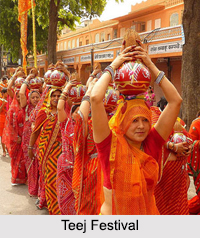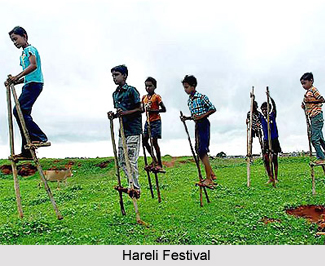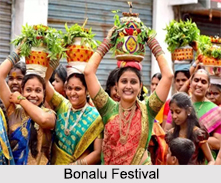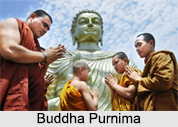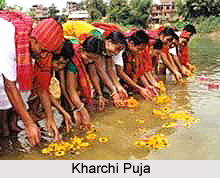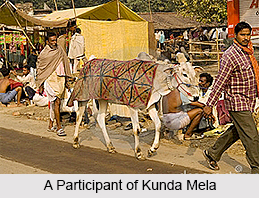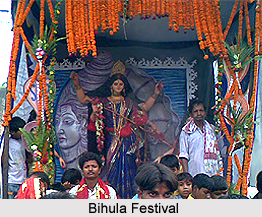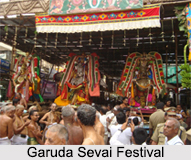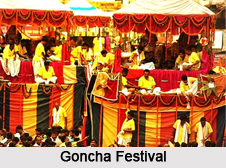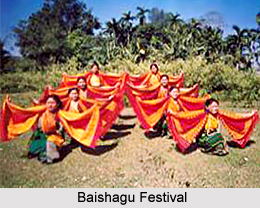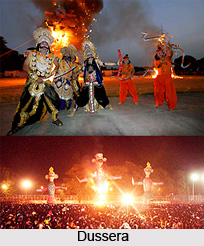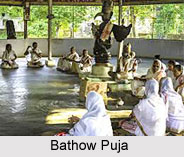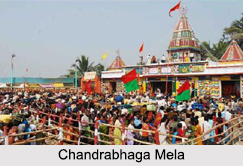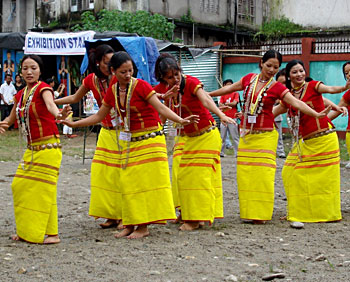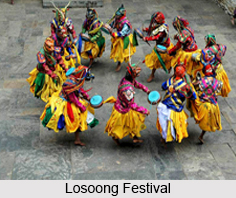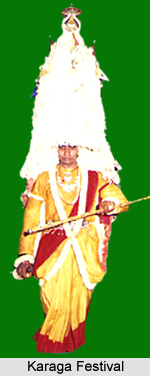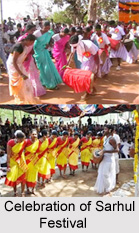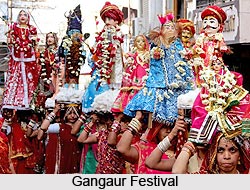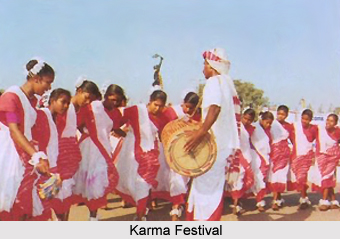 Gure Rodila or Horse Festival is one of the major festivals of the Garo Tribes of Meghalaya. The Gure Rodila is also an act of showing the wealth of the performer. It is done by offering sacrifices to the deity "Gure Mitde" or Horse God with much feasting, drinking and merry making.
Gure Rodila or Horse Festival is one of the major festivals of the Garo Tribes of Meghalaya. The Gure Rodila is also an act of showing the wealth of the performer. It is done by offering sacrifices to the deity "Gure Mitde" or Horse God with much feasting, drinking and merry making.
Earlier, Horse God was worshipped with pomp and grandeur. But it has lost much of its importance at present. Therefore, this deity is worshipped by the rich men to show their wealth to the members of village community to gain honourable and respectful place in the society.
Etymology of Gure Rodila or Horse Festival
The word "Gure Rodila" literally means looking after the horse. It is believed that the deity takes the form of a horse. Then horse here represents the God of Fertility.
Celebration of Gure Rodila or Horse Festival
The ceremony of Gure Rodila or Horse Festival starts with "Gure Wata" which means literally "Woven Horse" is linked with the preparation of the image of Horse God as soon as the Nokma Jaksil Ceremony ends. The Garos believe that the Horse God remains in the house of a man who regularly performs the ceremony, "Gure Wata" by offering sacrifices. It is believed that by practicing the sacrifice, the family starts becoming rich, but if it is discontinued, it brings misery, sickness and curse on the entire family.
The next ceremony is known as "Gure Ba"a" which denoted releasing of a horse. Literally it means carrying a horse on the back. This Horse God thus is carried by a well-known person and dances from house to house in the village. It appears that he rides on the horseback and dances.
The third stage of the ceremony is "Gure Rimnapa". In this ceremony, the Horse God is allowed to bring inside the house in the evening only. Another sacrifice is offered to the Horse God in this occasion.
On the last day of the festival, a procession starts towards the water source like river or pond for immersing the Horse God. Thus, the ceremony comes to an end by immersing the Horse God in the water and it is known as "Gru Sim"a" or "Gopa".
